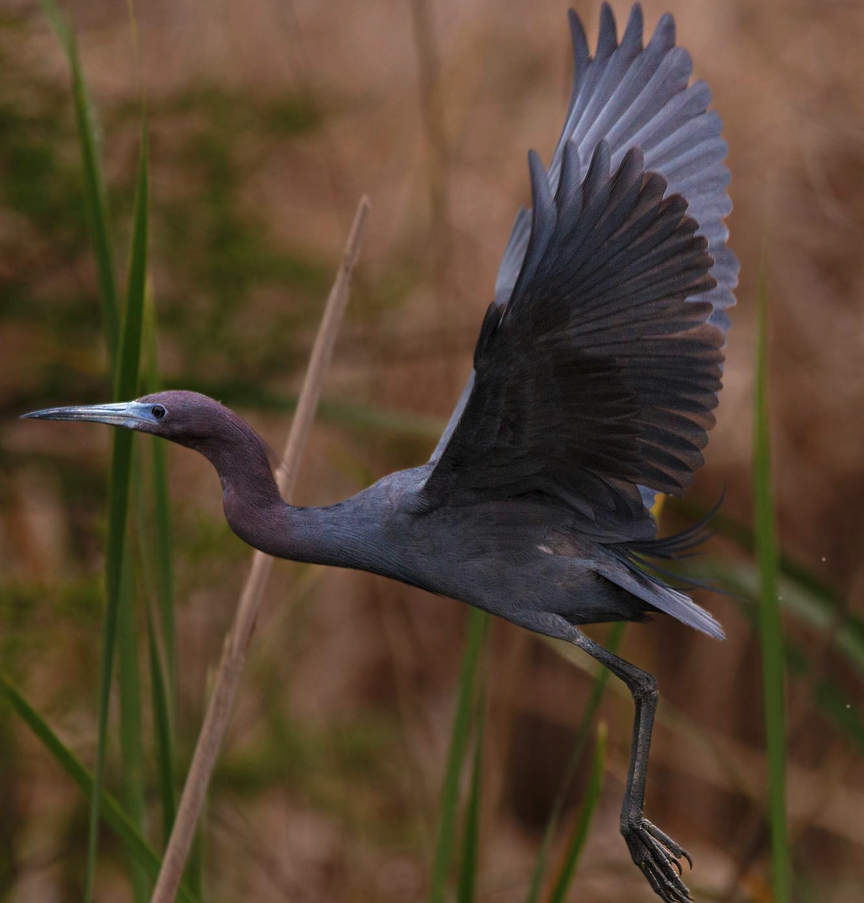By Sally Siko
It was so cool to see these Little blue Herons nesting at the rookery on Pinckney Island SC last week.
There was a ton of bird activity here but the Little blues really caught my eye.
Their subtle hue of azure and mauve plumage color is absolutely gorgeous!

Interestingly this species is closely related to the Snowy Egret (same genus), a white bird of similar size.
Their similarities are especially noticeable as first-fall and first-winter immature Little Blues are completely white in plumage and are easily confused with Snowy Egrets.
The easiest way to tell the two species apart from a distance is to observe their feeding habits.
Unlike the Snowy’s who are constantly on the move, the Little blue Heron is slow and methodical in its feeding approach, walking very slowly in shallow waters or standing still waiting for prey to approach.





Here at the rookery, clusters of Little blues nested together in small groups.
Their nests are flimsy, hardly more than a few layers of loose twigs and sticks haphazardly stacked to provide a platform for the eggs to be laid.
Their typical clutch is 3-4 eggs, with an incubation period of three weeks and a nesting period of six weeks.
While in the nest, both parents feed the young by regurgitating a softened stew of prey. Within four weeks after hatching, the chicks are capable of short flights but don’t become independent until around six to seven weeks.
Little Blue Herons are a year round residents in the coastal regions of the Carolinas. Although they are typically live near saltwater areas they prefer freshwater habitats, in fact they’re also occasionally spotted inland all the way to the Triangle (central NC) from June to August.They are usually seen hunting for fish, invertebrates, frogs, small reptiles and insects in shallow freshwater marshes, ponds and on mudflats.What a beauty!
Photos by @sally_siko of @bestlife_birding on my mighty mirrorless monster, the @canonusa #R5

